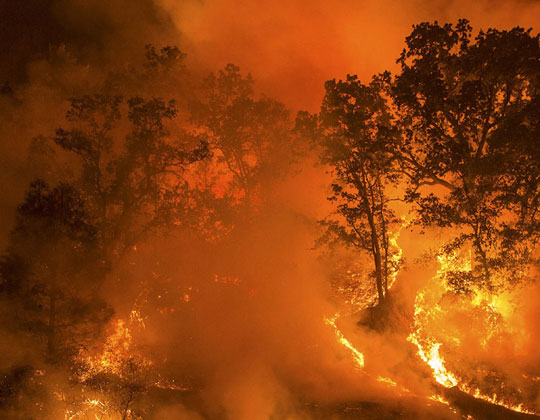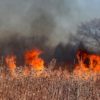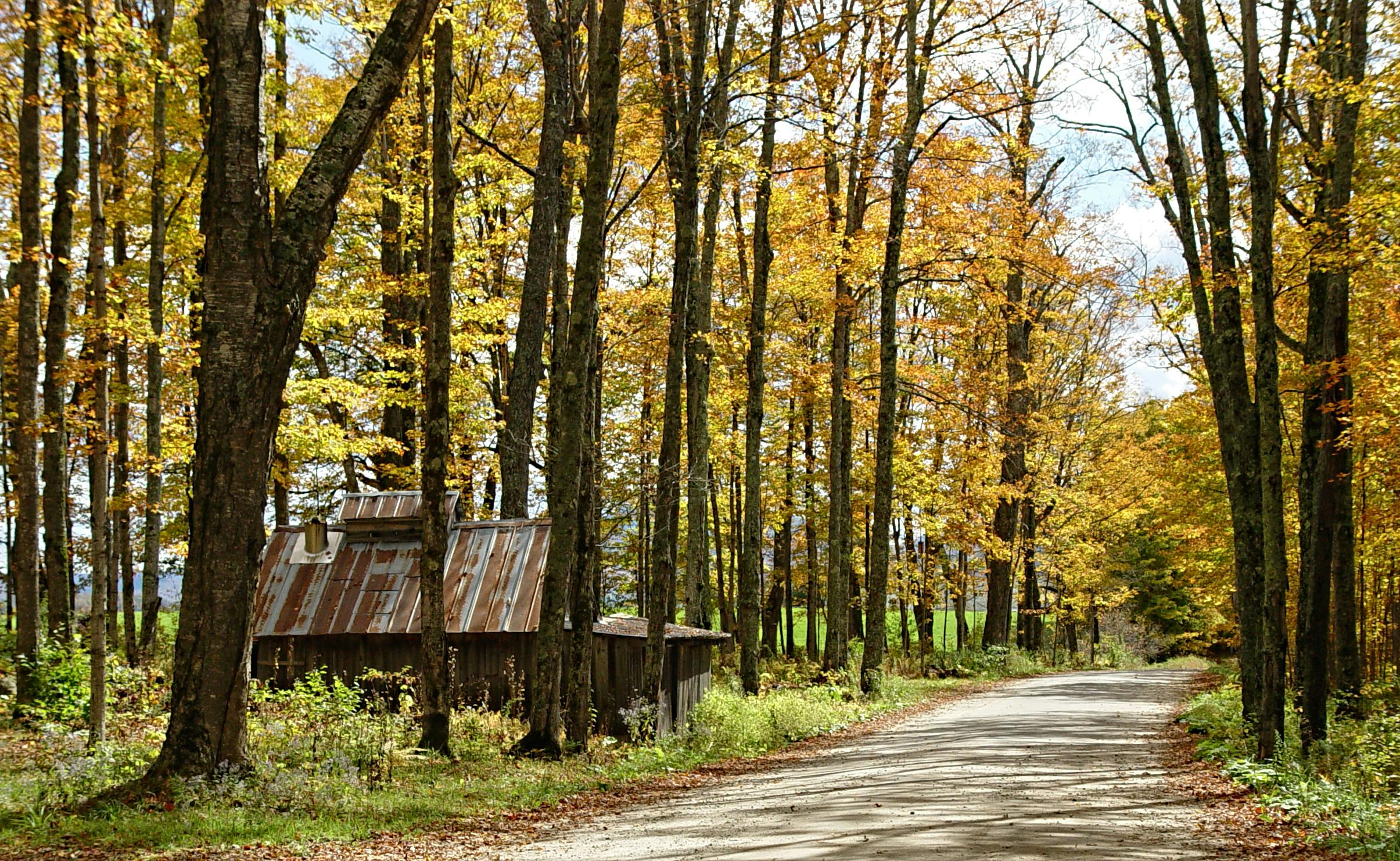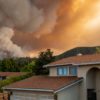Below are summaries from the National Significant Wildland Fire Potential Outlook, provided by the National Interagency Fire Center, for the period of February 2021 through May 2021. The full outlook can be located here.
Year-to-Date Statistics:
| Year-to-date statistics | Number of Fires | Acreage Burned |
| 2021 (01/01/21 – 02/05/21) | 2,039 | 45,375 |
| 2020 (01/01/20 – 02/05/20) | 1,425 | 25,651 |
| Percentage of 10-year Average | 100.70% | 110.37% |
Source: https://www.nifc.gov/fireInfo/nfn.htm
The table above indicates the first month of 2021 was significantly above last year’s number of fires and acreage burned. However, numbers are only very slightly higher than the 10-year average. Given the expected El Niña conditions, it will be interesting how the rest of the year plays out.
Observations in January:
Drought Forecast:

US Drought Monitor as of 26 January 2021
Wildland Fire Outlook for February-May:

February 2021 Wildland Fire Potential Outlook

March 2021 Wildland Fire Potential Outlook

April 2021 Wildland Fire Potential Outlook

May 2021 Wildland Fire Potential Outlook
Source: NIFC




